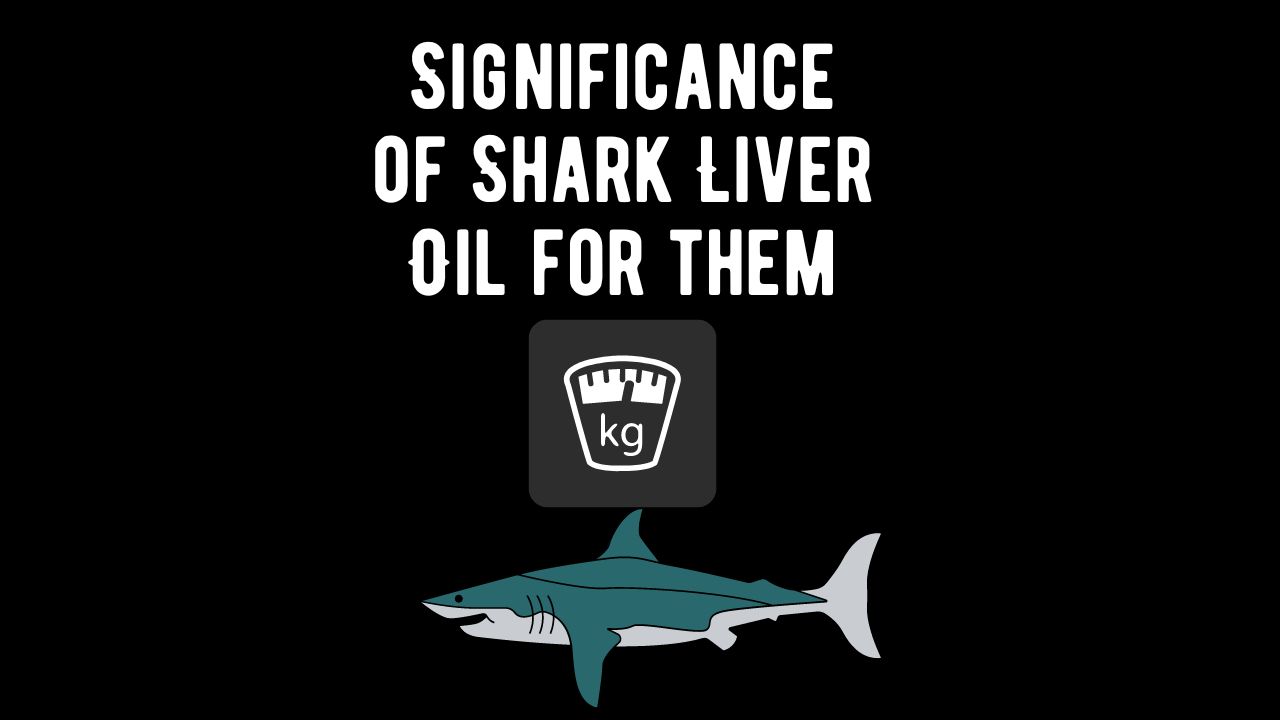
Sharks, the apex predators of the ocean, exhibit a remarkable diversity in size and weight across different species. This comprehensive exploration delves into the weight variations among various shark species, highlighting the factors influencing these differences and the crucial role body mass plays in the lives of these fascinating marine creatures.
The Weight Spectrum:
Sharks, belonging to a diverse range of species, showcase a broad spectrum of sizes and weights. From the relatively modest sizes of certain catsharks to the colossal proportions of the filter-feeding whale shark, each species has evolved to occupy a specific ecological niche. Understanding the weight distribution across these species provides valuable insights into their biology, ecology, and the unique adaptations that have allowed them to thrive in diverse marine environments.
Small but Significant: Catsharks and Dogfish
- Spiny Dogfish (Squalus acanthias):
- Weight Range: 8 to 19 pounds (3.6 to 8.6 kg)
- Habitat and Behavior: Often found in colder waters, these small sharks play a crucial role in maintaining the balance of marine ecosystems.
- Small Spotted Catshark (Scyliorhinus canicula):
- Weight Range: 2.5 to 3 pounds (1.1 to 1.4 kg)
- Habitat and Behavior: Inhabiting the shallow waters of the Mediterranean, these catsharks contribute to the biodiversity of coastal regions.
Middling Marvels: Blue Sharks and Hammerheads
- Blue Shark (Prionace glauca):
- Weight Range: 200 to 400 pounds (90 to 180 kg)
- Habitat and Behavior: Known for their vibrant blue coloration, blue sharks are highly migratory and can cover vast distances in search of prey.
- Hammerhead Shark (Sphyrnidae family):
- Weight Range: Varies by species (e.g., Great Hammerhead weighs around 500 pounds)
- Habitat and Behavior: The unique hammer-shaped head of these sharks aids in improved maneuverability and prey detection.
Giants of the Ocean: Great Whites and Tiger Sharks
- Great White Shark (Carcharodon carcharias):
- Weight Range: 2,000 to 3,000 pounds (900 to 1,400 kg)
- Habitat and Behavior: As apex predators, great white sharks play a crucial role in regulating marine ecosystems and are known for their powerful predatory behavior.
- Tiger Shark (Galeocerdo cuvier):
- Weight Range: 850 to 1,400 pounds (385 to 635 kg)
- Habitat and Behavior: Recognized for their distinctive striped pattern, tiger sharks are known to consume a wide range of prey items, contributing to their ecological adaptability.
Filter-feeding Behemoth: Whale Shark
- Whale Shark (Rhincodon typus):
- Weight Range: 15 to 20 tons (30,000 to 40,000 pounds)
- Habitat and Behavior: The largest fish in the world, whale sharks are filter feeders that cruise through the oceans consuming plankton and small fish.
Factors Influencing Shark Weight:
Several factors contribute to the weight variations observed among shark species:
- Dietary Preferences: Sharks exhibit diverse feeding habits, ranging from filter feeding to active predation. The type and quantity of prey consumed influence the overall body mass of a shark.
- Habitat and Migration Patterns: The environmental conditions of a shark’s habitat, along with its migratory behavior, impact its energy expenditure and, consequently, its weight.
- Reproductive Strategies: Species with different reproductive strategies, such as oviparity, viviparity, or ovoviviparity, may allocate energy differently, influencing the weight of adult sharks.
Conservation Considerations:
Understanding the weight dynamics of shark species is crucial for conservation efforts. Overfishing, habitat degradation, and climate change can disrupt the delicate balance of marine ecosystems, affecting the abundance and distribution of prey species, which, in turn, impacts the weight and health of sharks.
Exploring the Extremes: Heaviest, Lightest, Longest, and Shortest Sharks
Sharks, the majestic rulers of the oceans, exhibit a fascinating array of sizes and dimensions. From the colossal giants to the more modest species, each shark contributes to the intricate tapestry of marine life. In this exploration, we unravel the mysteries surrounding the heaviest, lightest, longest, and shortest sharks that roam the world’s seas.
The Heaviest Shark: The Majestic Whale Shark
Whale Shark (Rhincodon typus):
- Weight: Averaging 15 to 20 tons (30,000 to 40,000 pounds)
- Habitat and Behavior: As the largest fish on Earth, the whale shark is a gentle giant known for filter feeding on plankton and small fish. Despite its massive size, it poses no threat to humans and gracefully navigates the oceans.
The Lightest Shark: Small but Significant
Small Spotted Catshark (Scyliorhinus canicula):
- Weight: Ranging from 2.5 to 3 pounds (1.1 to 1.4 kg)
- Habitat and Behavior: Inhabiting the shallow waters of the Mediterranean, the small spotted catshark is a diminutive yet essential contributor to the marine ecosystem. Its small size allows it to navigate coastal regions and fulfill its ecological role.
The Longest Shark: The Graceful Whale Shark
Whale Shark (Rhincodon typus):
- Length: Reaching lengths of up to 40 feet (12 meters) or more
- Habitat and Behavior: In addition to being the heaviest, the whale shark also takes the crown for being the longest. Its elongated body allows it to cruise through the oceans, filter-feeding as it gracefully moves along.
The Shortest Shark: The Petite Spined Pygmy Shark
Spined Pygmy Shark (Squaliolus spp.):
- Length: Diminutive, measuring around 7 to 8 inches (18 to 20 cm)
- Habitat and Behavior: Inhabiting the depths of the open ocean, the spined pygmy shark is among the smallest sharks. Its petite size is an adaptation to the challenges of life in the deep sea.
Conclusion:
The world of sharks is one of remarkable diversity, with each species finely tuned to its ecological niche. Exploring the weight variations among different shark species unveils the intricacies of their biology and the interconnectedness of marine life. As we strive to conserve these apex predators, recognizing the importance of maintaining healthy oceans becomes paramount, ensuring the continued existence of these weighty wonders beneath the waves.






